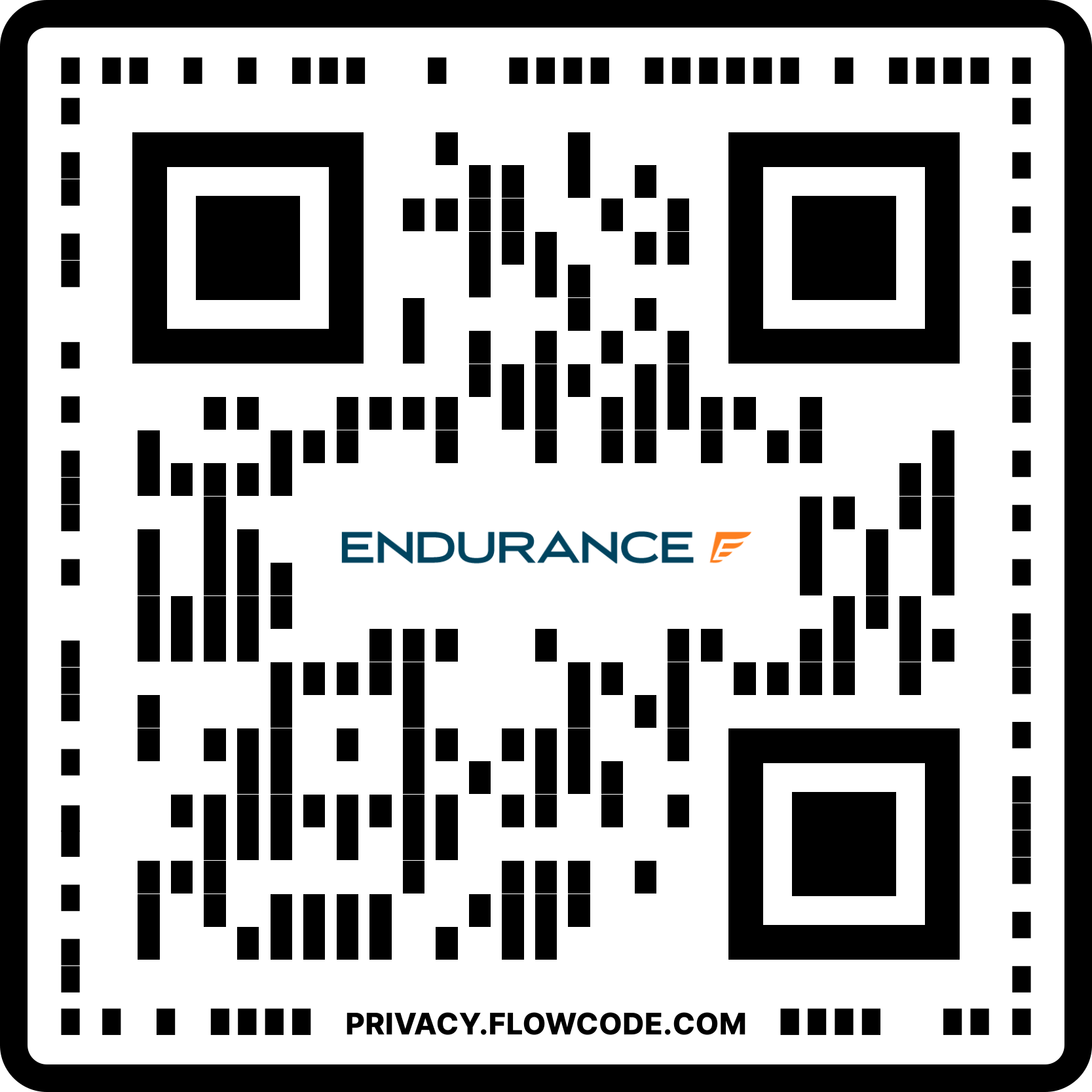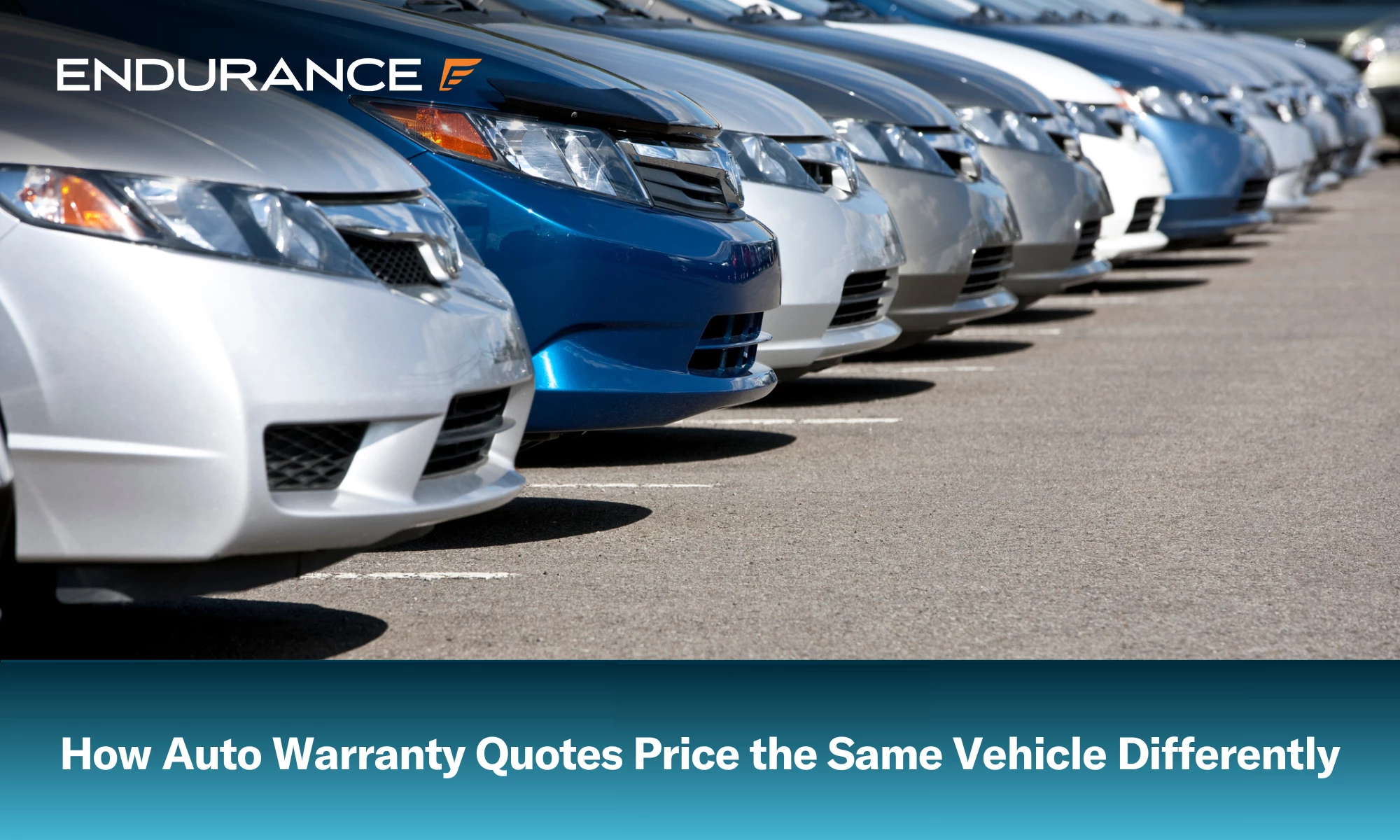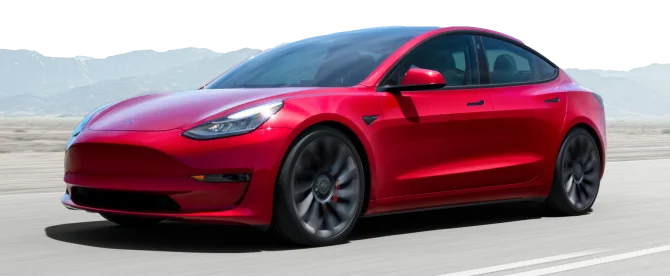Get this deal! Call now.
Speak with a vehicle protection plan specialist and get $300 off any new contract instantly.
Call 866-678-4172
or scan the code below


If you’re shopping for an extended warranty and you’ve requested quotes from multiple providers, you may find that the quotes differ more than expected. While this can simply be because some providers are pricier than others, it often relates to how individual providers evaluate vehicle-related factors. Stats like model year and mileage, combined with other underwriting factors like mileage, option packages, regional labor rates, reliability risk modeling, and claim-cost projections, can result in noticeably different prices for the same vehicle.
In this comprehensive guide, we’ll walk you through the core inputs that influence these variations, including hypothetical scenarios, so you can see how choices change costs. We’ll also explain how to compare offers for extended warranties, more accurately called vehicle service contracts (VSCs), so you can determine which option aligns best with your needs.
First things first, we should quickly go over how to get a quote and the information a provider will request from you. Quotes are typically available by phone or online. If you’re asking for a quote from a dealer, you can even ask for one in person. Before you do, make sure you have:
When you request a quote for a vehicle service contract, it always starts with the vehicle profile, including information like the make, model, year, drivetrain, and mileage. Many providers group mileage into ranges (like 0–36k, 36–60k, 60–100k, and so on) with each band carrying a different base risk. It’s a common way for providers to reflect the relationship between mileage and wear. Two quotes for the same car may come out differently if one provider assigns the car to a lower mileage group or if the mileage is estimated rather than exact.
Next come options packages. If a vehicle is packed with advanced tech (like adaptive cruise, lane keep assist, a turbocharged engine, or high-end audio), it ultimately costs more to repair and is therefore more expensive to cover. This is where coverage exclusions or sub-limits can come into play, so two similar-looking quotes may differ once you review exclusions or limits.
Take this hypothetical scenario, for example:
You drive a 2017 mid-size crossover with 58,000 miles and the “tech” option package. Provider A groups that mileage into a mid band and charges a moderate premium. Provider B treats that mileage as entering a higher exposure band (perhaps because of different band thresholds) and charges 20–30% more. The difference often reflects how each company structures its rating system.
When it comes to labor rates, not all zip codes are the same. They can vary significantly by region, influenced further by whether the repair is carried out at a dealership or by a certified independent mechanic. This will, of course, be a consideration for your warranty provider, as a repair that costs $120 per hour in one city might cost $95 in another. That difference compounds quickly when repairs take a long time or need specialist attention. If you live in a region where dealerships outweigh independents, or where OEM parts are subject to larger markups, your quote may reflect those higher local costs.
Your vehicle’s reliability can also be influenced by geography and the types of climate experienced there. If a vehicle model tends to fail more often in northern climates due to salt corrosion or in hot, dusty southern regions where cooling systems are stressed, some providers may factor regional trends into their pricing. But as each regional claim model will have some differences, the quotes calculated by each will be different, too.
Take another hypothetical scenario, for example:
You drive a luxury sedan that is expected to run into a timing-chain issue at higher miles. If you lived in a coastal region with high parts markups and long dealer labor rates, you may receive a higher VSC quote than if you were to live in a lower-cost inland market.
Most providers offer multiple coverage tiers, generally including a basic powertrain level, a mid-tier level, and a more comprehensive level. These higher tiers usually cover more systems, give you broader repair options, and include additional perks. Naturally, they typically cost more, and may reduce out-of-pocket repair exposure depending on the issue.
Accepting a higher deductible will reduce the provider’s average claim cost per repair, thereby lowering your premium. Different companies offer different deductible bands and sometimes different ways of applying deductibles (e.g., per repair or per visit). When you’re comparing quotes, make sure to confirm which will be used, as the math can change the total cost significantly. Reliability risk modeling that predicts the frequency and typical severity of failures on a model is combined with deductible selection to produce the final rate you pay.
Take this hypothetical scenario, for example:
You receive two quotes for the same compact sedan, identical coverage tier, but Provider A quotes with a $100 deductible and Provider B with a $250 deductible. Provider Y’s premium is lower, but if small repairs are frequent on that model, the higher deductible may increase your out-of-pocket costs depending on repair frequency.
Timing also matters. If you request a quote while the manufacturer’s factory warranty is still active (or a short time after it expires), you may see different pricing than quotes requested long after the coverage ends. This is because the further a vehicle moves away from active factory coverage, the higher the chances of a critical failure.
Many providers also use “mileage cliffs” where a small increase in the odometer pushes a vehicle into a higher risk category. This is one reason why two buyers with slightly different mileage reports may receive different quotes. We recommend providing an accurate VIN and mileage for the most precise quote. The VIN helps confirm engine/transmission combinations and factory options that influence pricing.
Take this hypothetical scenario, for example:
Two people drive the same 2018 SUV that’s past factory coverage. Driver A requests a quote at 59,950 miles (just below the mileage cliff) and receives a moderate premium. Driver B requests a quote at 60,050 miles (which is just above the cliff) and sees a 20–25% higher quote as a result.
For a more accurate apples-to-apples comparison, first make sure to align the coverage tier, deductible, mileage, and list of option packages. Also, ask providers to send a sample vehicle contract so you can go through and check that exclusions, sub-limits, and wait periods are the same, too.
If one quote shows a significantly lower price, review the sample contract carefully: a lower price may reflect differences in exclusions, limits, or labor-rate provisions. Our FAQ on getting a quote explains which inputs produce the most accurate results and why VIN validation matters.
A practical checklist to get an apples-to-apples comparison on quotes looks something like this:
If you’re looking for a range of auto protection options designed to fit different needs, look no further than Endurance Warranty Services. We offer a wide range of coverage plans, each with a different type of driver in mind. Whether you drive a luxury vehicle, have a lot of mileage on the odometer, or use your car for commercial purposes, we offer plan options that may fit those situations. We’re happy to offer customization options too, so if our base plans aren’t quite right for your needs and budget, we can tweak them until they are.
We aim to provide plans with clear terms and a variety of included benefits, so as well as affordable monthly payments, every plan includes a whole host of valuable benefits such as 24/7 roadside assistance, rental car reimbursement, and trip interruption coverage. On top of that, all Endurance customers can choose to activate one year of Elite Benefits with the purchase of any auto protection plan. This adds a further $2,000 in value, and the added driving confidence of complete tire coverage, key fob replacement, collision discounts, and windshield repair.*
A protection plan is most effective when supported by clear processes and responsive customer support. If you ever need to file a claim with Endurance, you can do so quickly online or by phone, with clear instructions on next steps. Repairs can be completed at any certified auto shop nationwide, providing flexibility in where repairs can be completed. Should you need a hand at any point, our award-winning customer service team is on hand to answer questions, guide you through the claims process, and ensure that your experience is smooth from start to finish.
If the same car gets different quotes, it can be down to myriad reasons. The most likely of these is how different factors can influence a provider’s pricing, which is influenced by factors like mileage, option packages, regional labor rates, reliability risk modeling, and your deductible choices. Your best strategy is to align the quote inputs as best you can, review sample contracts carefully, and verify that the VIN and mileage are accurate.
Endurance’s free, no-obligation quote process helps customers review plan options and select what aligns with their needs. If you’re interested in learning how we can look out for you, please call one of our plan advisors at (800) 253-8203 or request a FREE quote. You can also see your price and plan recommendations instantly by checking out our online store.
Head on over to our Learning Center blog for more articles on coverage plans, unreliable vehicles to avoid, and much more!

We've received your vehicle information and will contact you shortly with your quote.
— OR —
Start shopping for a coverage plan now.

We're here to make sure you get the most comprehensive EV protection. That's why we've partnered with Xcelerate Auto to offer you transparent and dependable Tesla coverage.
Want us to contact you about XCare coverage for your Tesla?



Your protection is our top priority. Your quote is in progress and you will
receive a confirmation
email shortly.


Speak with a vehicle protection plan specialist and get $300 off any new contract instantly.

Call for $300 off any new plan!
By clicking the button, you consent to Endurance using automated technology to call, email, and text you using the contact info above, including your wireless number, if provided, regarding auto protection or, in California, mechanical breakdown insurance. You also agree to the Endurance Privacy Policy and Terms and Conditions. Consent is not a condition of purchase, and you can withdraw consent at any time. Message and data rates may apply.


Speak with a vehicle protection plan specialist and get $300 off any new contract instantly.
Call 866-678-4172
or scan the code below



Simply fill out the information below and we will follow up fast with your free no-obligation quote.
By clicking the button, you consent to Endurance using automated technology to call, email, and text you using the contact info above, including your wireless number, if provided, regarding auto protection or, in California, mechanical breakdown insurance. You also agree to the Endurance Privacy Policy and Terms and Conditions. Consent is not a condition of purchase, and you can withdraw consent at any time. Message and data rates may apply.

To speak to a vehicle protection plan specialist and get $300 off any new contract instantly
Scan the code below
Alex has worked in the automotive service industry for over 20 years. After graduating from one of the country’s top technical schools, he worked as a technician achieving a Master Technician certification. He also has experience as a service advisor and service manager. Read more about Alex.